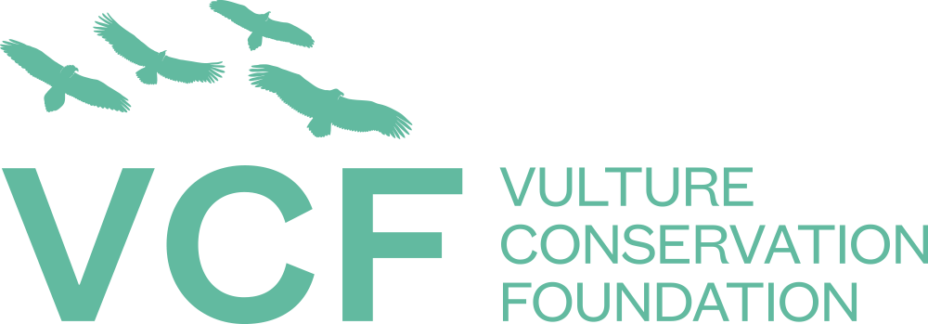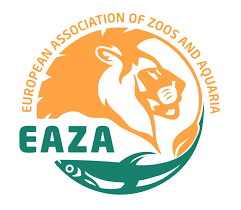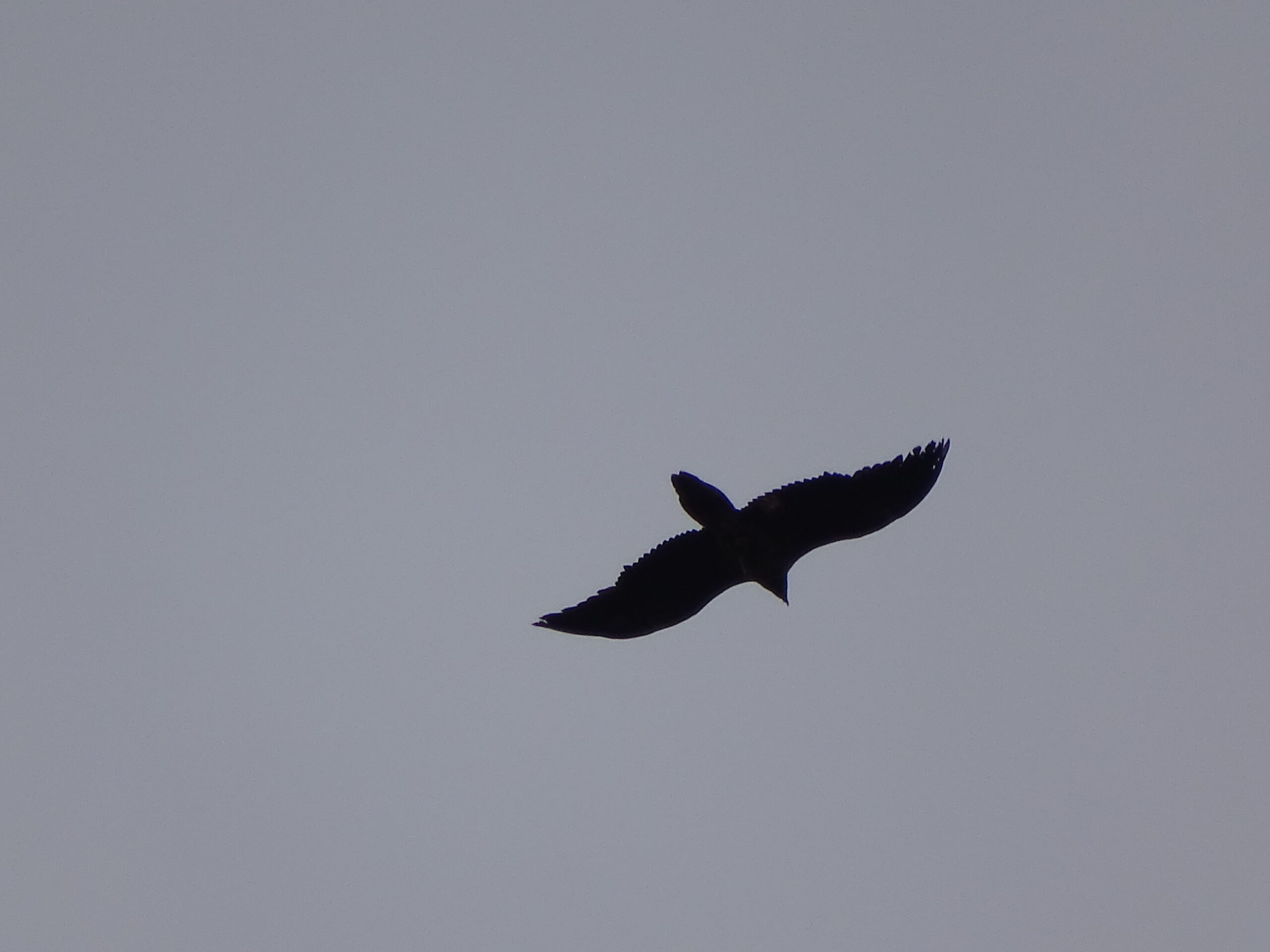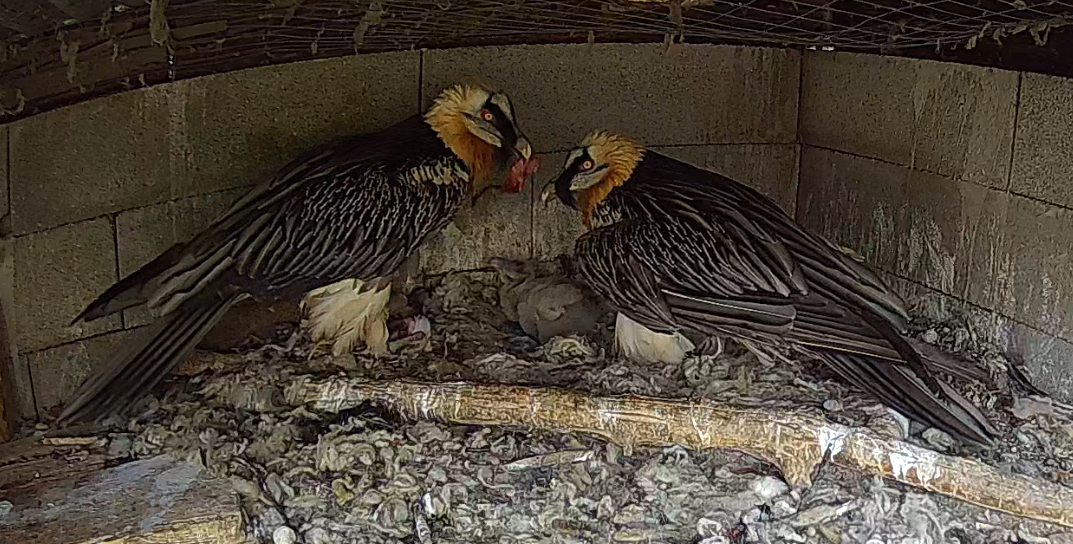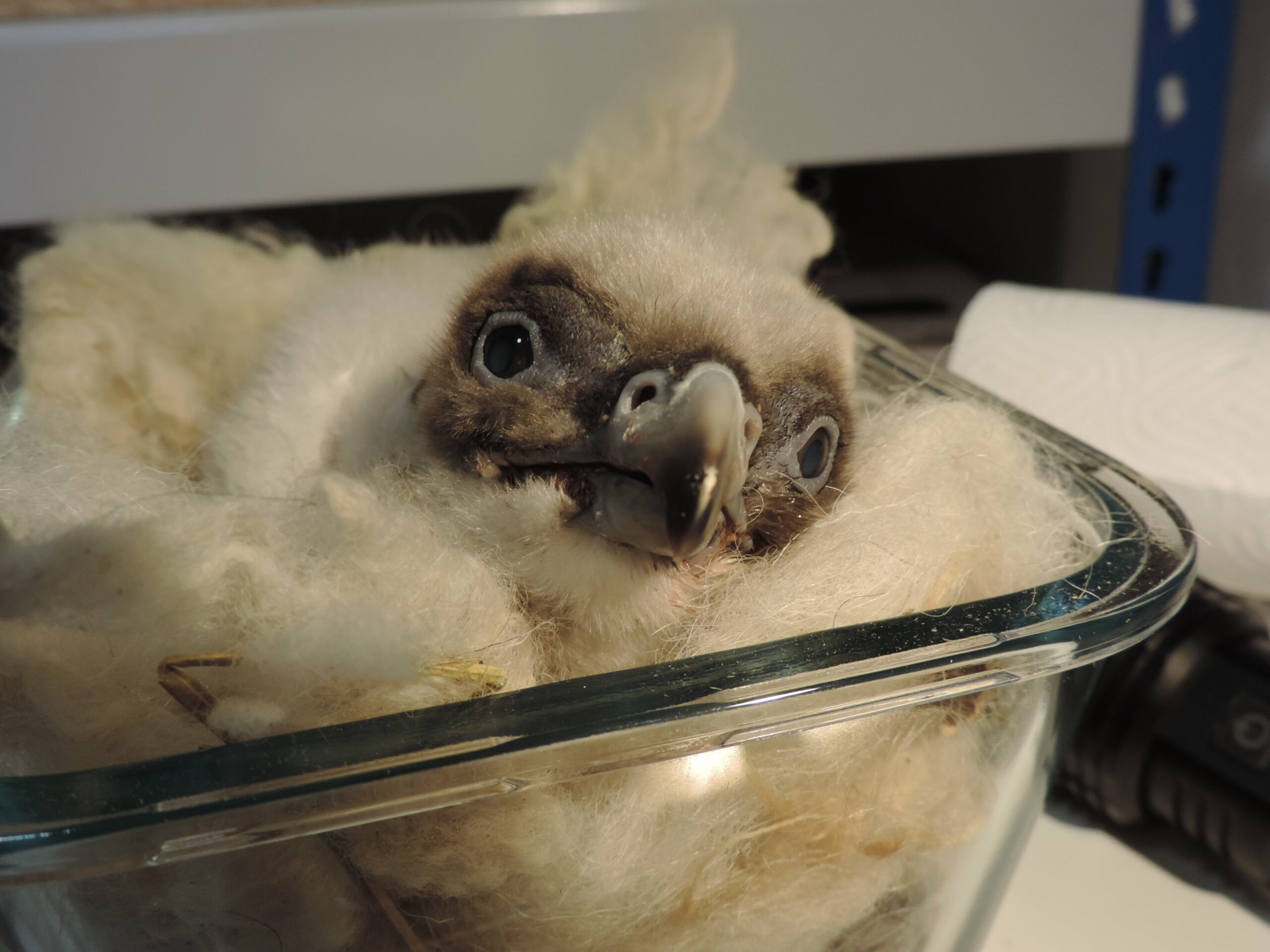Each of the 174 birds within the Bearded Vulture Captive Breeding Network (Bearded Vulture EEP), coordinated by us at the Vulture Conservation Foundation (VCF) on behalf of EAZA’s EEP, has incalculable value. So, we try to do our best to take care of them and pay attention to the specific needs of each individual. The Bearded Vulture EEP is home to birds that hatched in captivity but also several others, including wild vultures that suffered injuries or diseases and entered recovery centres but couldn’t be completely healed, as well as vultures released within reintroduction projects that suffered accidents, making them unreleasable.
The special case of Bearded Vulture Flamadel

An example of such a case is the Bearded Vulture BG972, named Flamadel, who is an unreleasable male coming from the French Pyrenees. As a chick, being around 90 days old, he was observed limping in his nest in the department of Aude, so he was taken to the LPO Rescue Centre Hérault F., and later transferred to the VCF-managed Specialised Bearded Vulture Breeding Unit at the Recovery Centre Vallcalent. The X-ray showed that he had suffered a fracture of the left tibia. After going through three operations in Vallcalent and AMUS, Flamadel could finally stand on his left leg, but couldn’t stretch it. As he walks with uneven leg support, the risk of suffering from bumblefoot is very high, and a few months later the first signs of this disease appeared in the form of ulcers on the soles of his claws.
Taking measures to support Flamadel with his condition
To help the vulture with this condition, the staff of Vallcalent started a complete remodelling of the Bearded Vulture aviary to provide Flamadel with a softer surface to walk on. The works took eight days. The first thing they did was remove the hard soil, digging out 20 cm of the hard cage floor and replacing it with a thick layer of shavings and dry grass, providing him with a much softer surface to land and walk on. The second step was to cover all the high surfaces (platform, perches and steps), with Astroturf, a kind of hard artificial grass commonly used in bird facilities to create a soft and clean surface for birds with this kind of problems.



Breeding Bearded Vultures for conservation purposes
Back in 1978, the Vulture Conservation Foundation (VCF) and partners united to bring the Bearded Vulture back to the Alps. To achieve this goal, pioneers established a captive-breeding programme to produce chicks and release them into the wild, with the first release taking place in 1986 at the Austrian Hohe Tauern National Park. It took time and perseverance since Bearded Vultures only reproduce when they reach around 7-10 years old, with one chick surviving per year. Still, thanks to these efforts, the species returned to the Alps, making it one of the best wildlife comeback stories of all time! Ever since this success, more projects were launched across France and Spain. Today, the Bearded Vulture Captive Breeding Network, coordinated by the VCF on behalf of EAZA‘s EEP, closely works with over 40 partners, including zoos, to ensure the best breeding results from the potential breeding pairs in captivity. Every year, the VCF and partners release young captive-bred Bearded Vultures into the wild across Europe to reintroduce the species to areas where it went extinct or boost local, vulnerable populations. Up until the end of 2021, a total of 344 captive-bred Bearded Vultures were freed into the wild.
